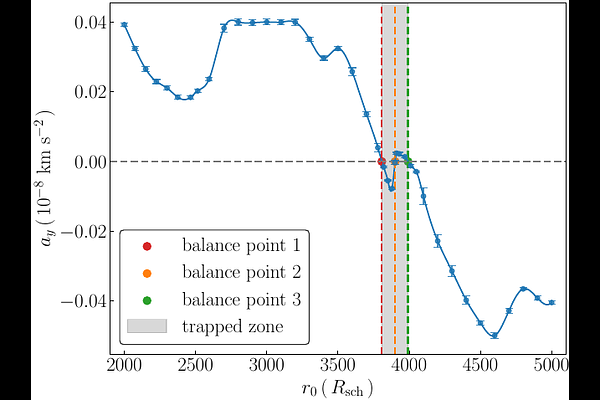AGN star dynamics under the Influence of Outflow-Ambient Interactions

AGN star dynamics under the Influence of Outflow-Ambient Interactions
Muxin Liu, Lile Wang, Peng Peng
AbstractStars with outflows interacting with ambient gas experience accelerations arising from the gravitational feedback induced by the interaction structure. In this work, three-dimensional (3D) local shearing box simulations are performed to investigate the dynamical evolution of a star with outflows embedded in the outer regions of an active galactic nucleus (AGN) disk. Two types of stellar wind are considered: isotropic winds and axisymmetric jets, along with variations in the radial pressure gradient profile. The results show that anti-friction enables AGN stars to acquire angular momentum from the ambient gas, resulting in outward migration away from the disk center. The formation and stability of the head-wind structure, which is crucial for maintaining anti-friction, are sensitive to both the strength of the stellar outflow and the radial pressure gradient of the disk gas. Once the head-wind structure is disrupted, the anti-friction effect ceases to operate effectively. A case study is also presented, focusing on a stellar-mass black hole (sBH) in an AGN disk. It is shown that jet material launched along the z-axis is confined to the trailing side of the object's motion by high gas inflow velocities, thereby activating anti-friction and inducing outward migration. If such an sBH migrates inward initially, the interplay between inward and outward migration may trap it at an equilibrium radius, potentially facilitating the formation and merger of black hole binaries.